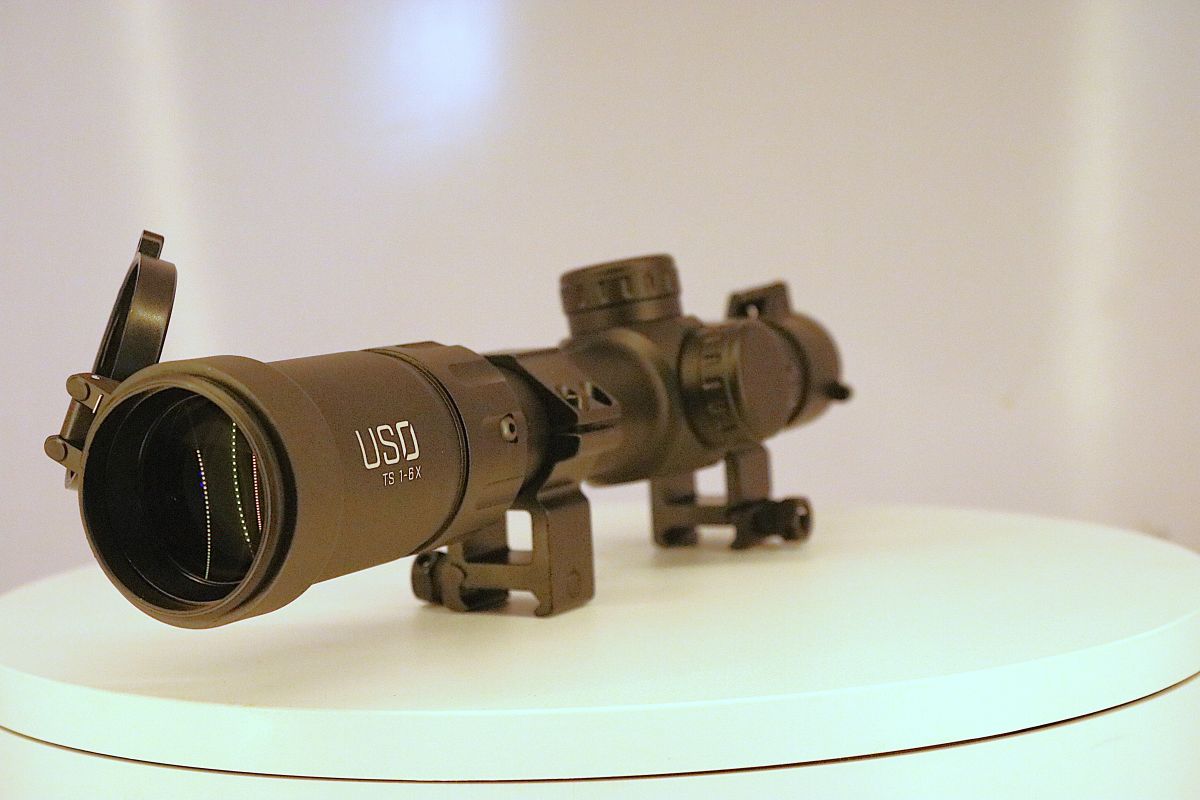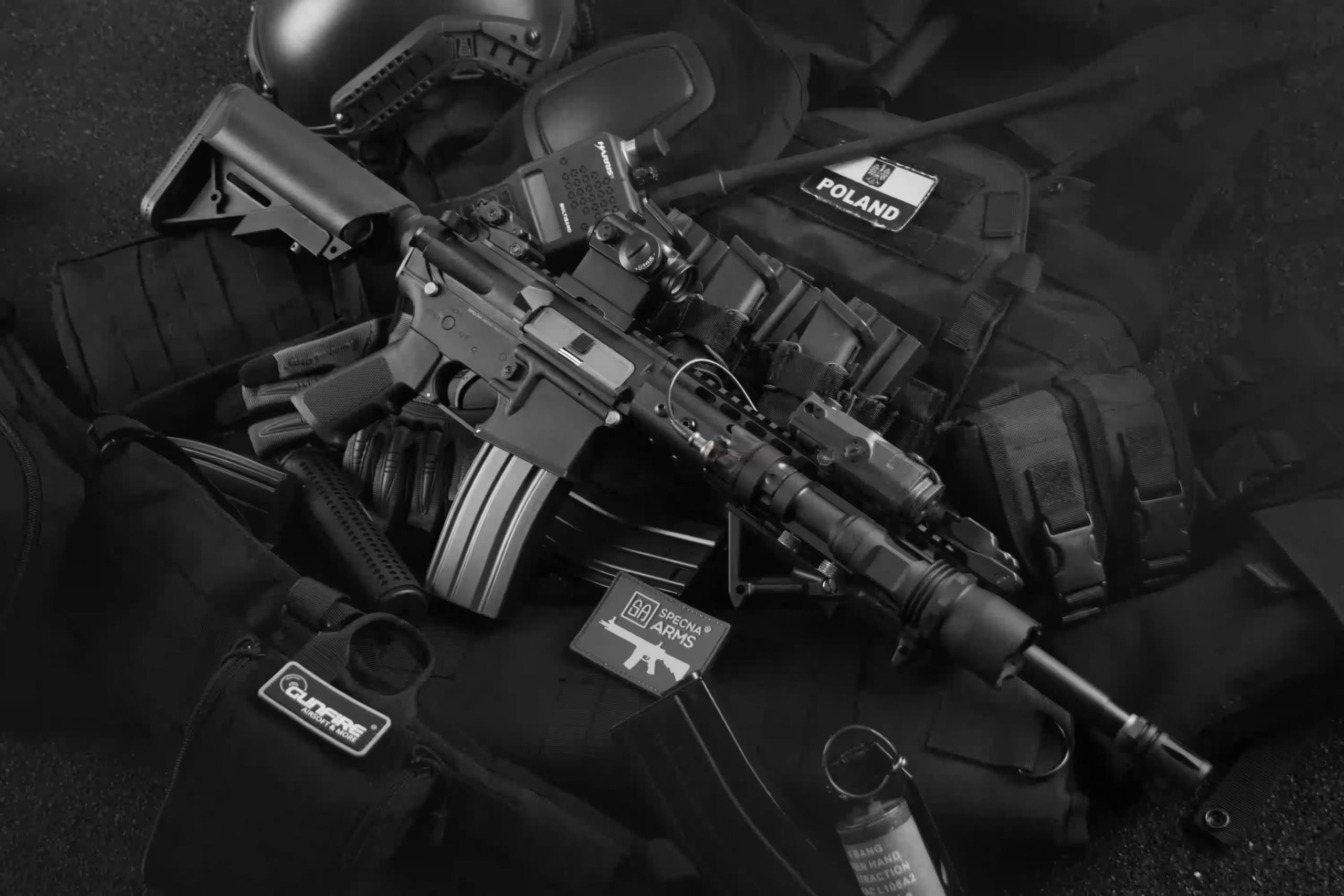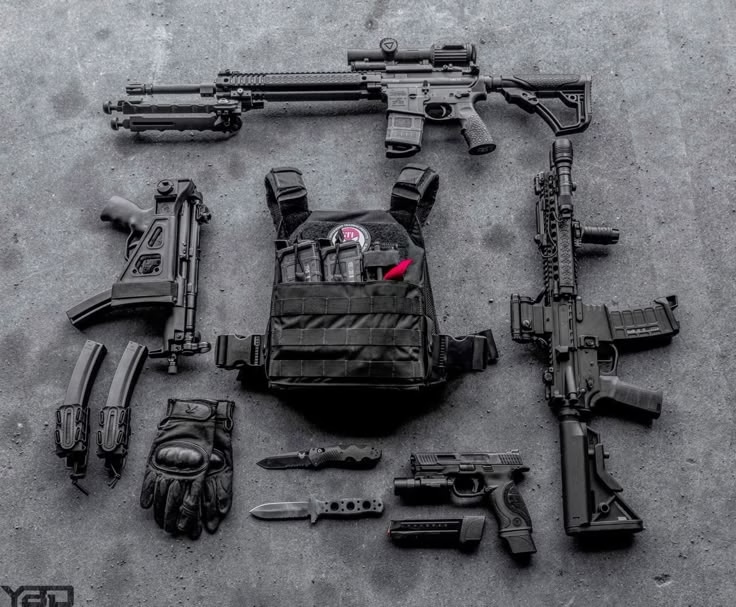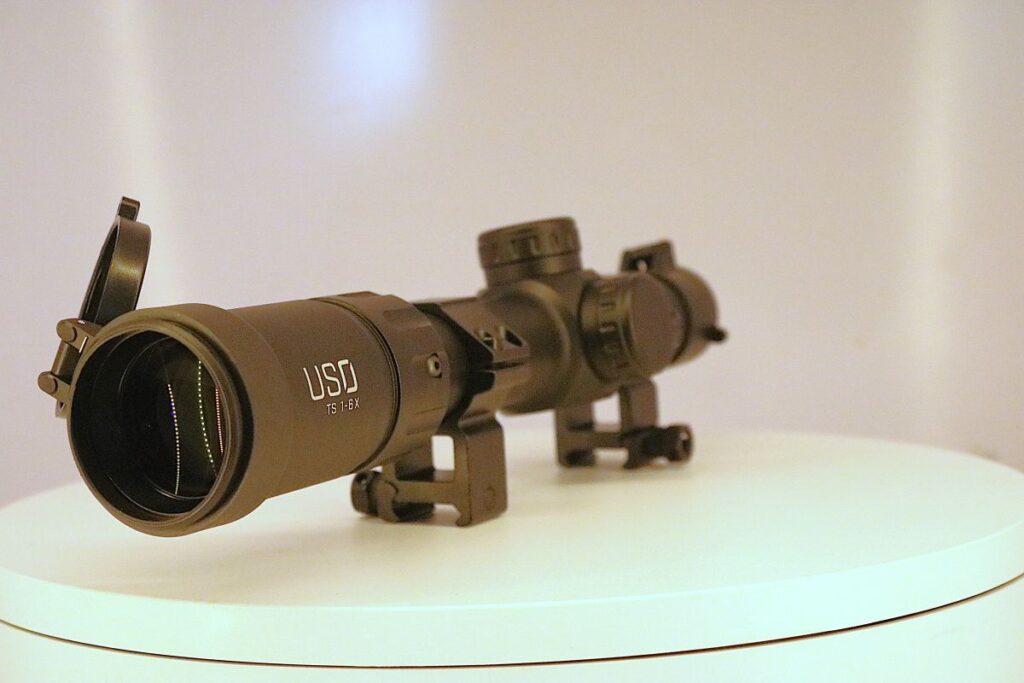Scope — explained for an M4-style carbineUS US Optics TS 2.5-20×50 SCOPE
Nice — here’s a practical, no-nonsense guide to optics (scopes) for your Colt M4 carbine: what types exist, how they work, what to pick depending on use, mounting/zeroing basics, and maintenance.
1) Major optic types and when to use them
- Red Dot / Reflex (1×, non-magnified)
- Very fast target acquisition, unlimited eye relief, great for close quarters (0–100 yds).
- Examples: Aimpoint-style, cheaper micro red dots.
- Best if you run CQB, close-range engagements, or a backup optic.
- Holographic sights (1×)
- Similar role to red dots; some prefer reticle shape and aiming feel (EOTech-style).
- Slightly more battery drain (historically) but fast and forgiving.
- LPVO (Low Power Variable Optic, e.g., 1–6×, 1–8×, 1–10×)
- Extremely popular for AR/M4 builds — gives 1× for close work and magnification for mid-range.
- Versatile: use 1×–3× for CQB, 4×–6× for precise shots to a few hundred yards.
- Good choice if you want one optic to do almost everything.
- Fixed-magnification scopes (e.g., 2×, 3×, 4×)
- Simpler, lighter, sometimes more rugged/cheaper than LPVOs.
- 3–4× is common on carbines for typical engagement ranges.
- Magnified rifle scopes (e.g., 6–24×)
- For long-range precision (beyond typical carbine use). Rare on a stock M4 unless used as a designated marksman rifle with longer barrel.
- ACOG-style battery-free scopes (e.g., 4× Trijicon ACOG)
- Rugged, compact, illuminated reticle (fiber/tri-illuminant), designed for combat carbines. Great mid-range fixed-power option.
2) Key specs & terms you need to know
- Magnification (e.g., 1×, 1–6×, 3–9×) — how much bigger the target appears. Lower = faster target acquisition; higher = more precise at range.
- Objective lens diameter (mm) — affects light gathering (bigger = brighter, heavier). Typical compact LPVOs are 24–30 mm.
- Reticle — simple dot, crosshair, illuminated dot, BDC (bullet drop compensating), MOA/MIL grid for holdovers.
- MOA vs MIL — adjustment/reticle units. MOA ≈ 1.047″ at 100 yards; MIL (MRAD) = 10 cm at 100 m. Match reticle/adjustments if possible.
- Eye relief — distance from eye to rear lens where you can see full image. Red dots have long/unlimited; magnified scopes have limited (often 3–4″). Critical for recoil clearance and comfort.
- Parallax — off-axis aiming error; more relevant at higher magnifications. Many LPVOs have low parallax at typical carbine ranges.
- Tube size (30 mm, 1″ / 25.4 mm) — affects mount compatibility and adjustment range.
- Zero stop / zero-reset — lets you return quickly to your zeroed elevation setting. Handy for variable-range shooting.
3) Mounting basics (what matters)
- Rail placement: mount on the upper receiver Picatinny rail. Ensure enough rail forward to get proper eye relief and cheek weld.
- Cantilever mount: common for ARs — brings optic forward so you can get a comfortable cheek weld without rearward mount.
- Co-witness:
- Absolute co-witness = red dot sights align exactly with iron sights; you use both simultaneously.
- Lower 1/3 co-witness = iron sights sit in lower third of optic window (preferred by many so irons don’t block view).
- Mount torque: follow manufacturer torque specs on ring screws/mount to avoid shifting. Use Loctite (blue) if recommended.
- Height: pick mount height that allows a natural cheek weld while using your chosen sight (LPVO vs red dot).
4) Zeroing & basic adjustments (step-by-step)
- Bore/safety check: ensure rifle unloaded and safe.
- Boresight (optional): use a laser boresighter or bore-sighting tool to get on paper at 25–50 yd. Saves ammo.
- Initial shots: at 25–50 yd for carbines with red dots or LPVO at 1×; for magnified scopes use 100 yd if practical. Fire 3-round groups.
- Adjust windage/elevation: use turret clicks — know your turret value (e.g., 1/4 MOA per click or 0.1 MIL). Move point of impact toward point of aim.
- Confirm at intended zero distance: common zeros for 5.56 M4s: 50 yd or 100 yd (1–2″ or so groups) or 200 yd (battle zero) depending on trajectory preference. Confirm with groups and adjust.
- Record settings: note turret clicks from stop or from baseline zero; mark or set zero-stop if available.
5) Choosing a scope for an M4 — quick recommendations by role
- CQB / home defense (0–100 yd): red dot or holographic sight (1×). Fast, simple.
- General-purpose / patrol / 0–400 yd: LPVO 1–6× or 1–8× — best single-optic solution.
- Designated marksman / longer reach (200–600+ yd): 4× fixed ACOG or LPVO with higher magnification (1–10× or 3–18× depending on role).
- Budget-conscious: basic LPVO or red dot from reputable brand — prioritize durability and a good mount.
- Premium / duty: Aimpoint (red dot), EOTech (holographic), Trijicon ACOG (fixed mag), Vortex/Leupold/Sig optics for LPVOs.
6) Reticle choices — practical notes
- Simple dot/crosshair: fastest and easiest.
- BDC / holdover reticles: show drop compensation for common loads — useful if you want quick holds without dialing turrets. Must be matched to your ammunition/velocity for best accuracy.
- MRAD/MOA milling reticles: let you measure, hold, and make precise corrections when you know your range and do the math.
7) Durability, battery, and real-world factors
- Durability: look for shockproof, fogproof, and waterproof ratings (nitrogen or argon purged).
- Battery life: red dots can last thousands of hours; holographic and illuminated optics vary. Some (like ACOG) are battery-less or use fiber/solar.
- Coatings/clarity: multi-coated lenses improve brightness and contrast — important in low light.
- Weight: consider overall rifle balance. Heavy optics affect handling.
8) Maintenance & care
- Clean lenses with lens brush and microfiber cloth; avoid household cleaners.
- Check mount screws periodically for tightness.
- Keep spare batteries for illuminated optics; store in dry place.
9) Quick buying checklist (short)
- Intended use / engagement distances.
- Magnification range (1× for CQB; 1–6× for versatile; higher for long range).
- Reticle type (simple dot vs BDC vs mil/moa).
- Tube size and mount compatibility.
- Durability rating and warranty.
- Budget vs brand reputation.

